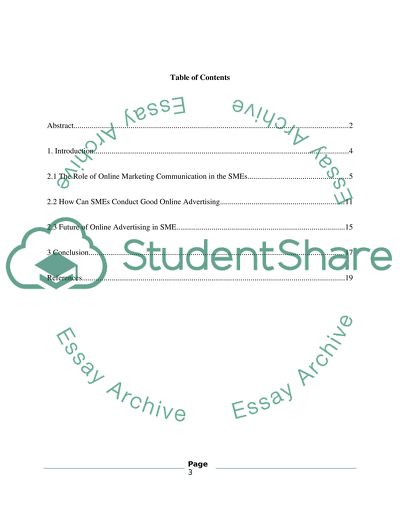Cite this document
(“Consultancy Project Literature review Example | Topics and Well Written Essays - 3500 words”, n.d.)
Retrieved de https://studentshare.org/marketing/1390824-consultancy-project
Retrieved de https://studentshare.org/marketing/1390824-consultancy-project
(Consultancy Project Literature Review Example | Topics and Well Written Essays - 3500 Words)
https://studentshare.org/marketing/1390824-consultancy-project.
https://studentshare.org/marketing/1390824-consultancy-project.
“Consultancy Project Literature Review Example | Topics and Well Written Essays - 3500 Words”, n.d. https://studentshare.org/marketing/1390824-consultancy-project.


